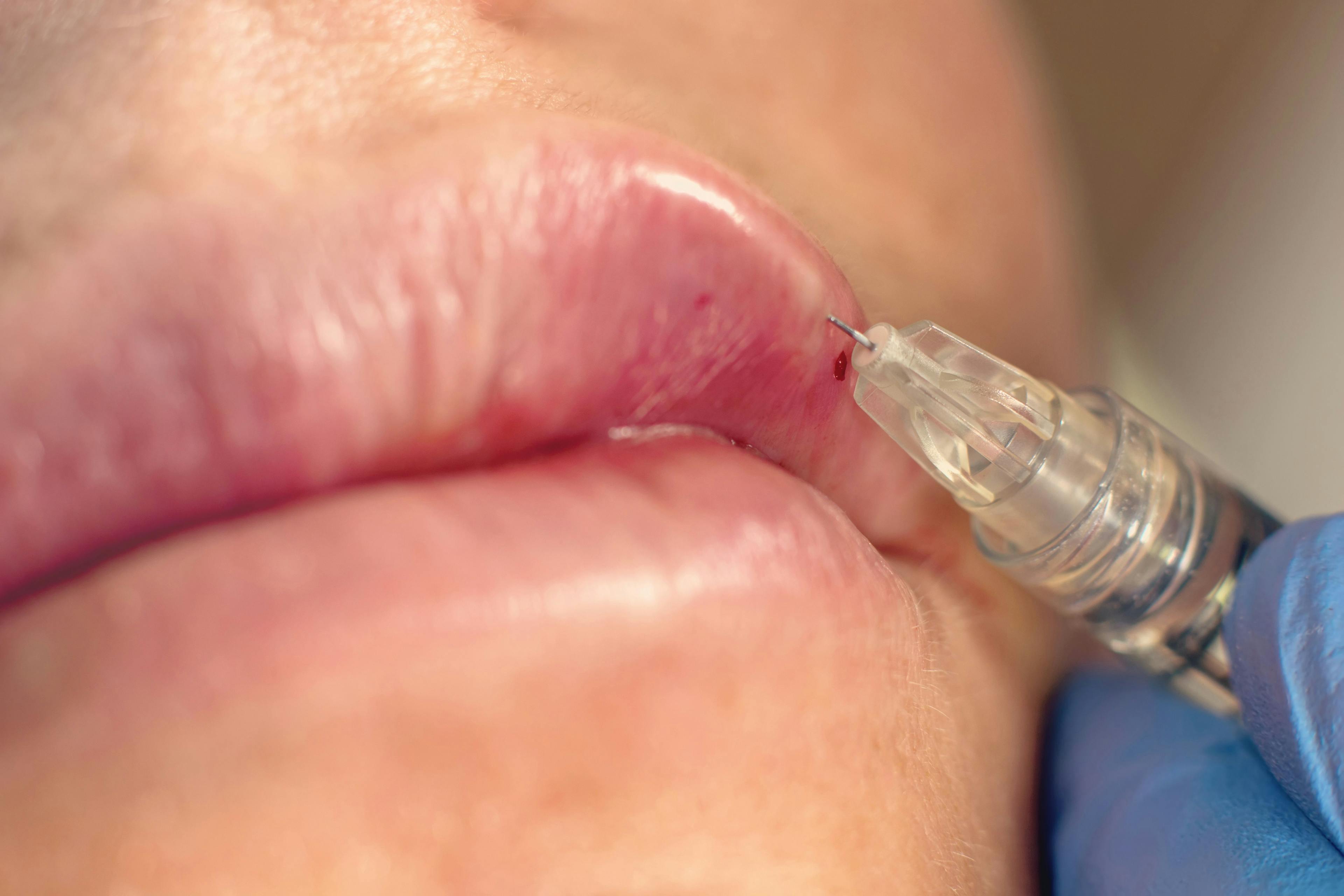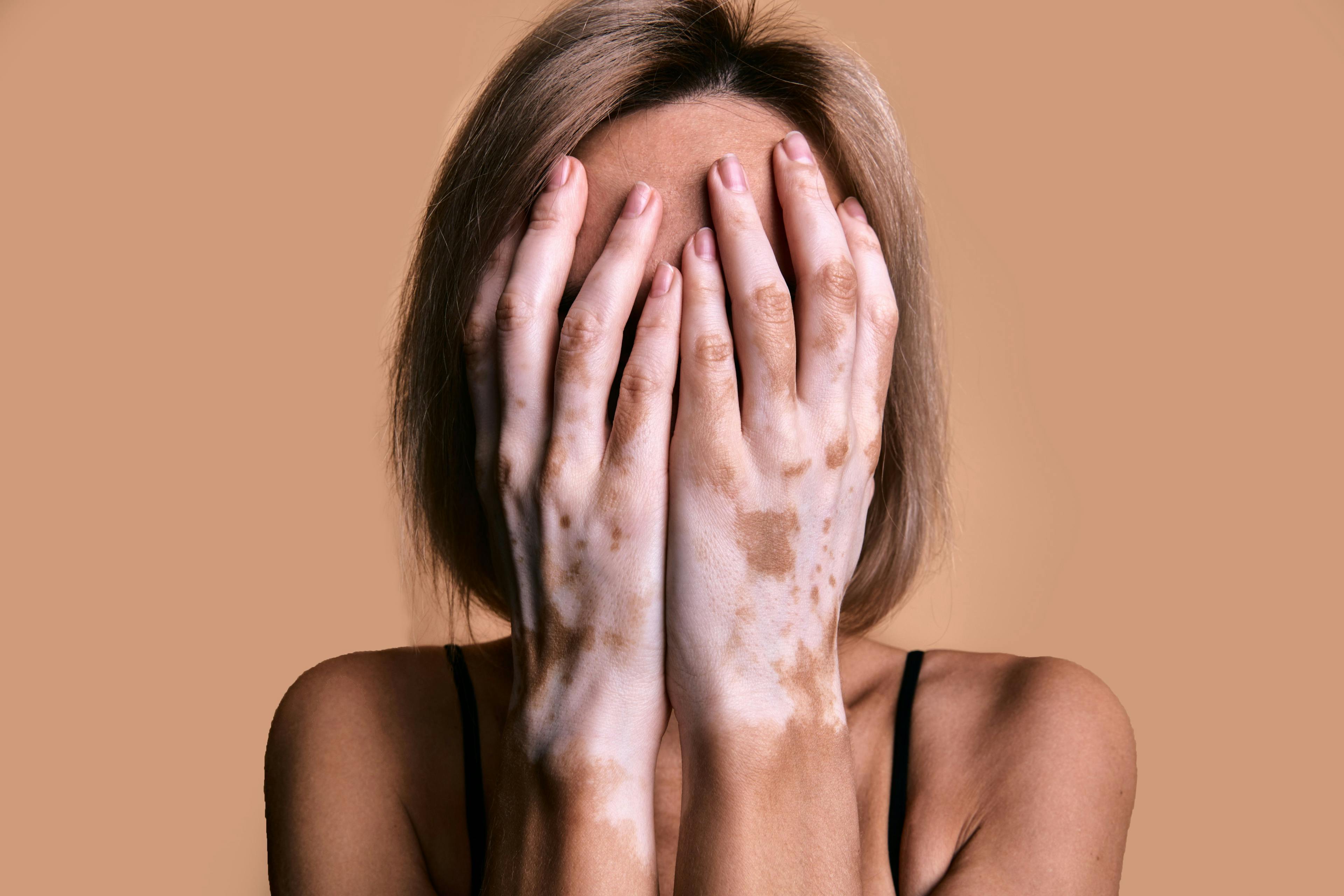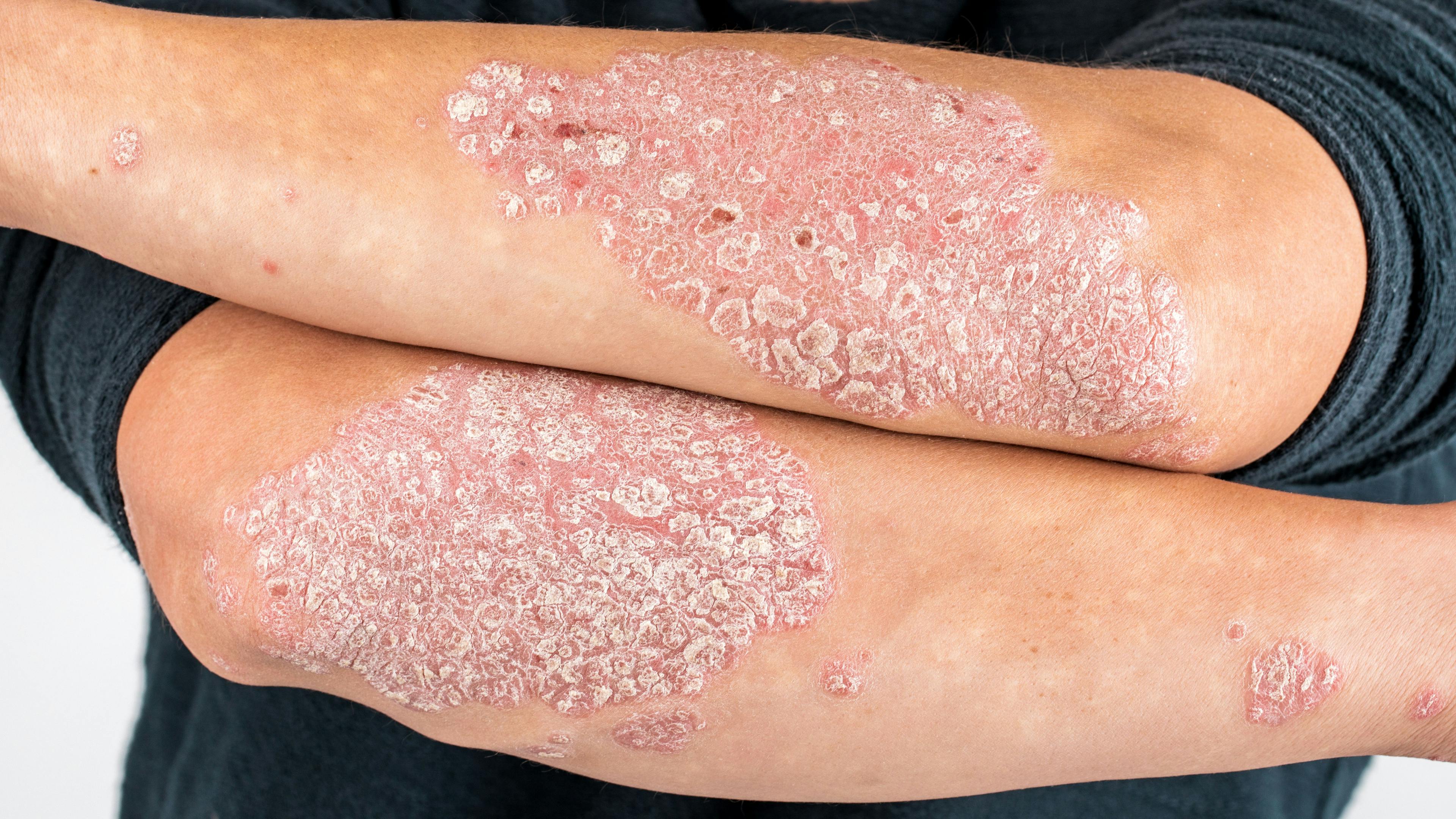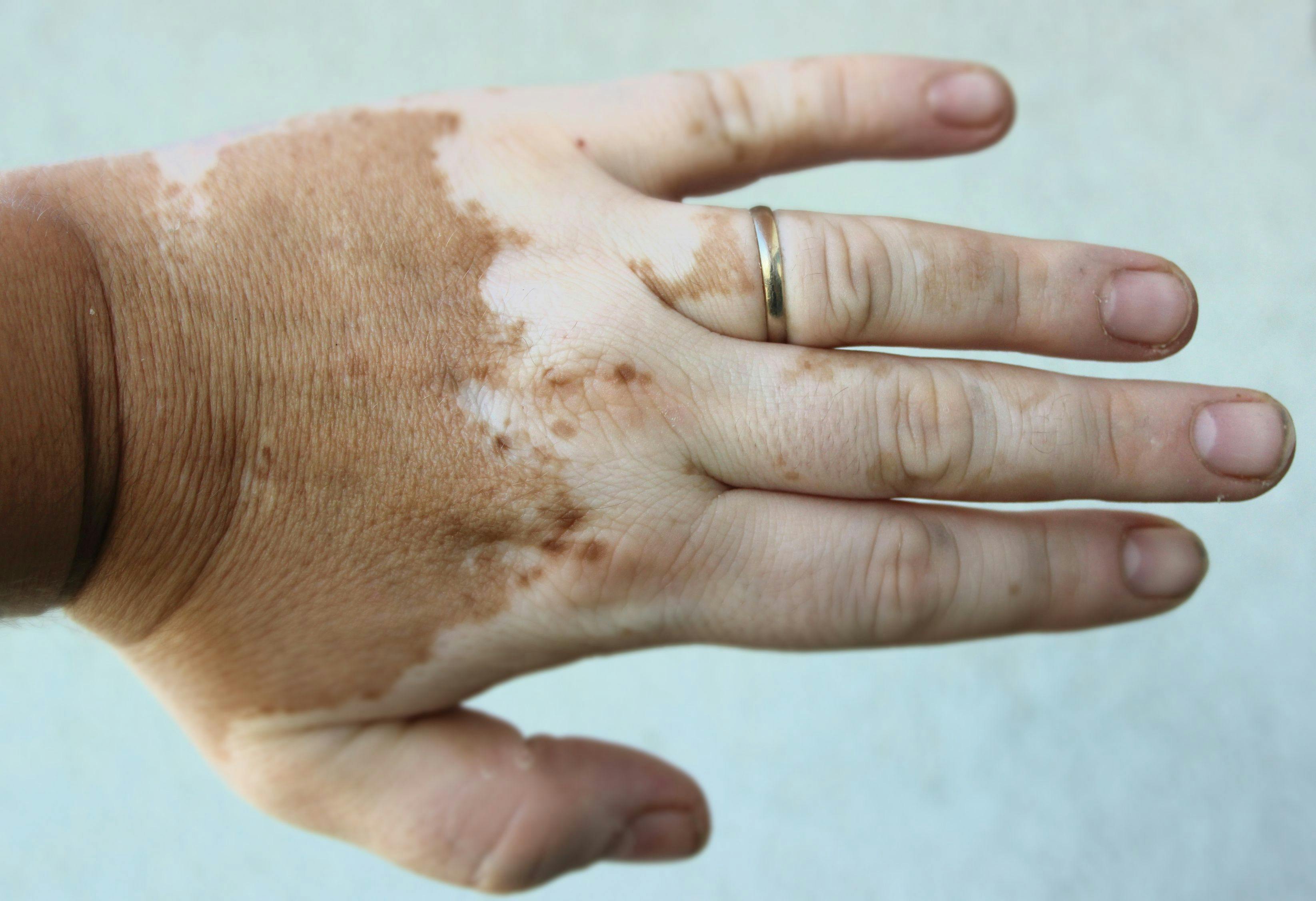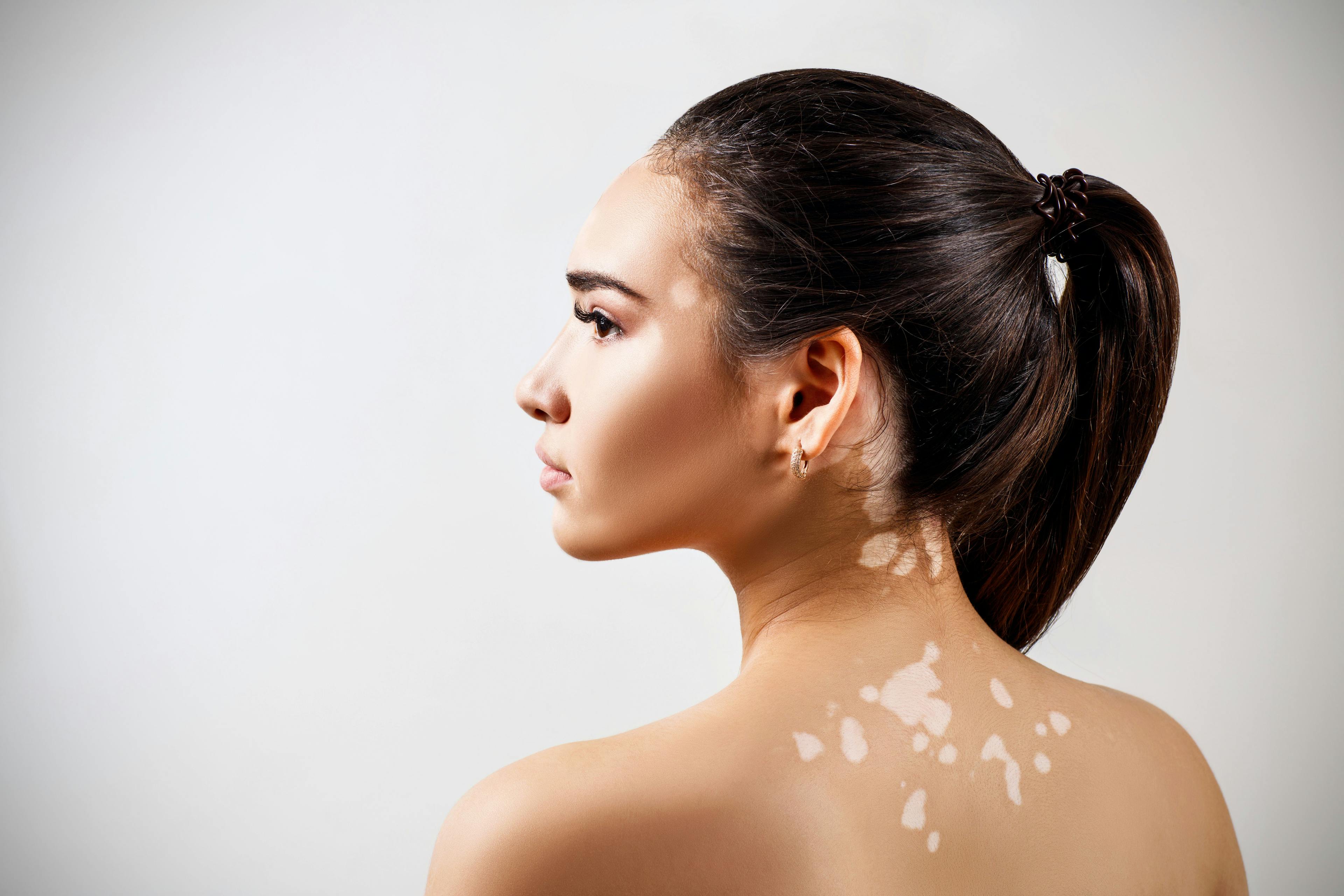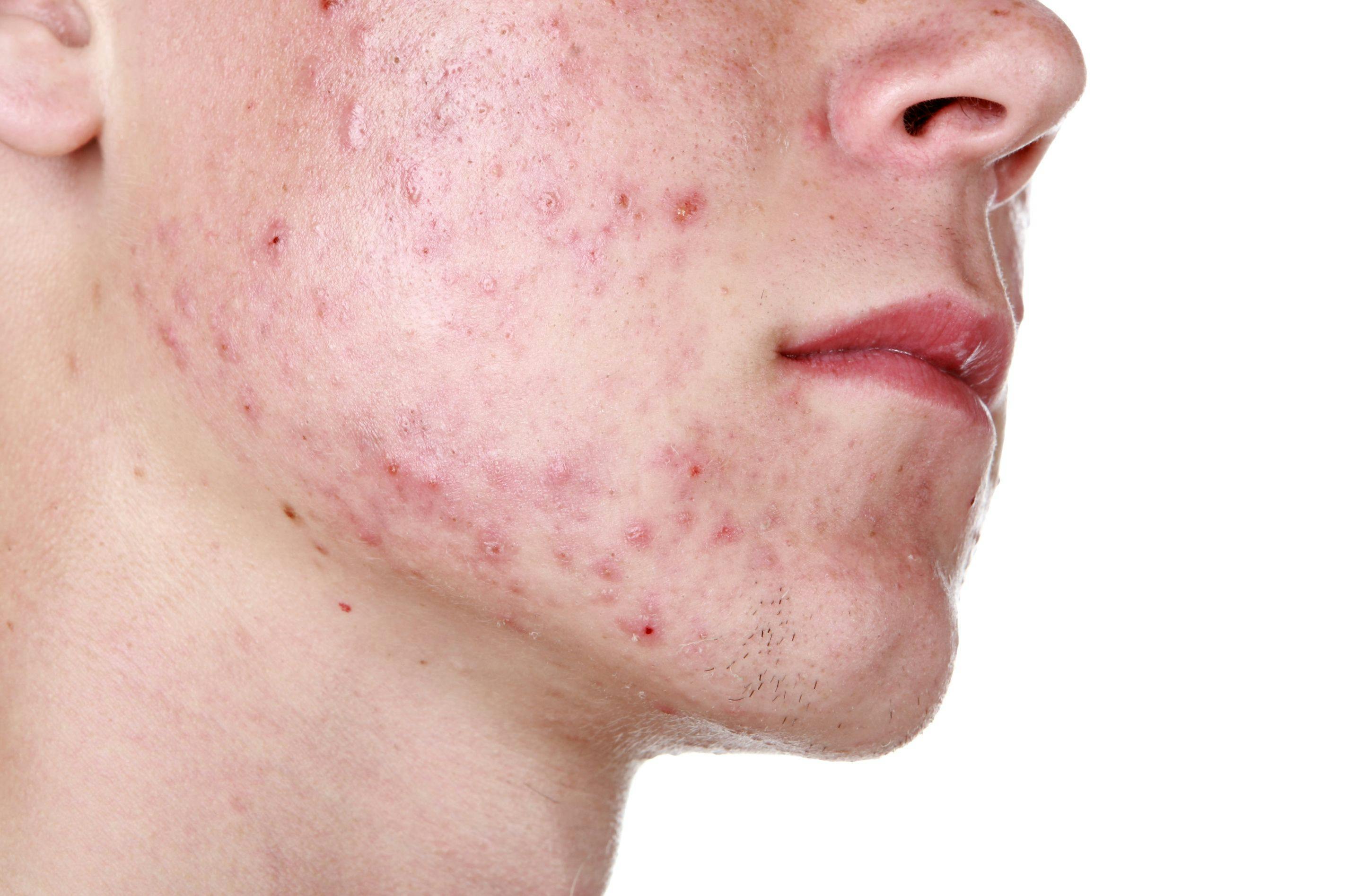- Acne
- Actinic Keratosis
- Aesthetics
- Alopecia
- Atopic Dermatitis
- Buy-and-Bill
- COVID-19
- Case-Based Roundtable
- Chronic Hand Eczema
- Chronic Spontaneous Urticaria
- Drug Watch
- Eczema
- General Dermatology
- Hidradenitis Suppurativa
- Melasma
- NP and PA
- Pediatric Dermatology
- Pigmentary Disorders
- Practice Management
- Precision Medicine and Biologics
- Prurigo Nodularis
- Psoriasis
- Psoriatic Arthritis
- Rare Disease
- Rosacea
- Skin Cancer
- Vitiligo
- Wound Care
Publication
Article
Dermatology Times
Ruxolitinib Cream’s Impact on Quality of Life for Patients With Atopic Dermatitis
Author(s):
Using pooled 52-week results from TRuE-AD1 and TRuE-AD2, investigators examined how the topical JAK1/JAK 2 inhibitor affects patient feelings of skin pain, discomfort, anxiety, and depression.
(Adobe Stock)
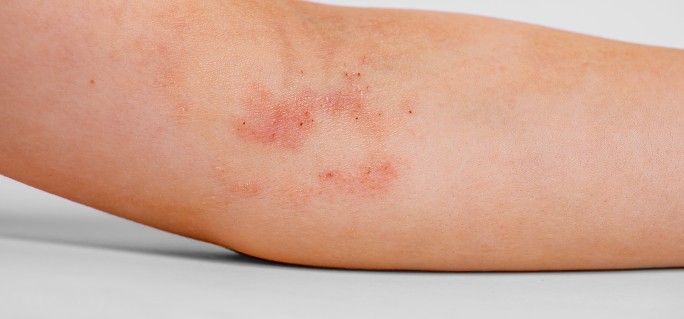
The use of ruxolitinib cream (Opzelura; Incyte) in adults and adolescents with atopic dermatitis (AD) resulted in measurable improvements in skin-related quality of life (QoL) outcomes such as skin pain, anxiety, and depression, according to the pooled results from 2 phase 3 studies presented as a poster1 at the Society of Dermatology Physician Assistants (SDPA) 20th Annual Fall Dermatology Conference, held November 17-20, 2022, in Miami, Florida.
Using 52-week pooled data from TRuE-AD1 (NCT03745638) and TRuE-AD2 (NCT03745651), the clinical trials that led to the 2021 FDA approval of the topical JAK1/JAK2 inhibitor, investigators sought to assess the effects of long-term as-need ruxolitinib cream, as well as the treatment’s impact on patient-reported QoL.
To be included in the studies, patients must have been aged > 12 years and have had AD for > 2 years, with a baseline Investigator’s Global Assessment (IGA) score of 2 or 3 and 3%–20% affected body surface area (BSA), not including the scalp. Patients with unstable courses of AD, other types of eczema, who were immunocompromised, or who were using topical AD therapies were not included in the phase 3 studies.
TRuE-AD1 and TRuE-AD2 were designed identically, with patients randomized 2:2:1 to either ruxolitinib cream strength regimens (0.75% twice daily [BID], 1.5% BID) or vehicle cream BID for 8 weeks of double-blind continuous treatment (vehicle- controlled [VC] period), according to investigators. Participants were instructed to continue treating their lesions even if they noticed improvement.
Subsequently, patients were enrolled in a double-blind long-term safety (LTS) period of as-needed treatment up to 52 weeks. The group that had been initially randomized to ruxolitinib continued with their existing regimen, while those who had been receiving vehicle cream were randomized 1:1 to either ruxolitinib cream strength regimens.
During this time, patients were to treat only the skin areas with active AD and to discontinue treatment 3 days after lesion clearance. If lesions were to reoccur, patients were instructed to restart treatment with ruxolitinib cream. No rescue medications were permitted during the LTS period.
Investigators used the Dermatology Life Quality Index (DLQI) and the children’s DLQI to assess skin-related QoL for patients aged > 16 years and for patients aged 12-15 years, respectively, where a lower score equated to less QoL impairment.
The results were patient-reported as they assessed skin pain/discomfort and anxiety/depression over the last week using a 5-point scale (no problems, slight problems, moderate problems, severe problems, extreme problems).
A total of 1249 patients were randomized, with 1072 (85.8%) continuing on into the LTS period, and 1031 ultimately evaluated for efficacy (0.75% ruxolitinib cream, n = 409; 1.5% ruxolitinib cream, n = 428; vehicle cream to 0.75% ruxolitinib cream, n = 98; vehicle cream to 1.5% ruxolitinib cream, n = 96).
Patients in the 0.75% and 1.5% ruxolitinib arms experienced a greater mean reduction in DLQI scores from baseline at Week 8 compared with patients in the vehicle arms, and those QoL improvements were maintained in the LTS period, as well, with reductions of –7.8 and –7.5 in the ruxolitinib 0.75% and ruxolitinib 1.5% groups, respectively, at Week 52. Patients who switched from vehicle to ruxolitinib cream in the LTS period experienced similar improvements by Week 12, and those maintained through Week 52 (–6.9/–7.4 for ruxolitinib 0.75%/1.5%, respectively). Adolescent patients reported similar trends using the CDLQI assessment.
At the conclusion of the LTS period of the study, most patients reported a DLQI score of 0/1, meaning AD has no effect on QoL.
Reports of skin pain were also reduced in patients using ruxolitinib cream.
“In the LTS period with as-needed ruxolitinib cream, the percentage of patients who reported no skin pain/discomfort was maintained for patients who remained in the 0.75%/1.5% ruxolitinib cream groups (Week 52, 71.0%/66.9%); a similar percentage of patients who switched from vehicle cream to as-needed ruxolitinib cream (0.75%/1.5%) in the LTS period reported no skin pain/discomfort (Week 52, 70.8%/63.0%),” investigators reported.
The treatment was well-tolerated throughout the LTS period, with 677/1072 (63.2%) individuals experiencing a treatment-emergency adverse event (TEAE), most commonly in the form of an upper respiratory tract infection (10.1%) or nasopharyngitis (9.7%).
Overall, treatment with ruxolitinib cream resulted in improvements in QoL measures, including skin pain and mental health across both adult and adolescent patient populations. These benefits were also shared by patients who switched to the study treatment during the LTS period.
Reference:
Simpson E, Armstrong A, Chiesa Fuxench C, et al. Effects of ruxolitinib cream on patient-reported quality of life in atopic dermatitis: 52-week pooled results from two phase 3 studies. Poster presented at: SDPA 20th Annual Fall Dermatology Conference; November 17-20, 2022; Miami, FL. Accessed November 16, 2022. https://www.sdpaconferences.org/hub/events/08d628c0-db6c-4633-8960-74ba986b221a/exhibitors
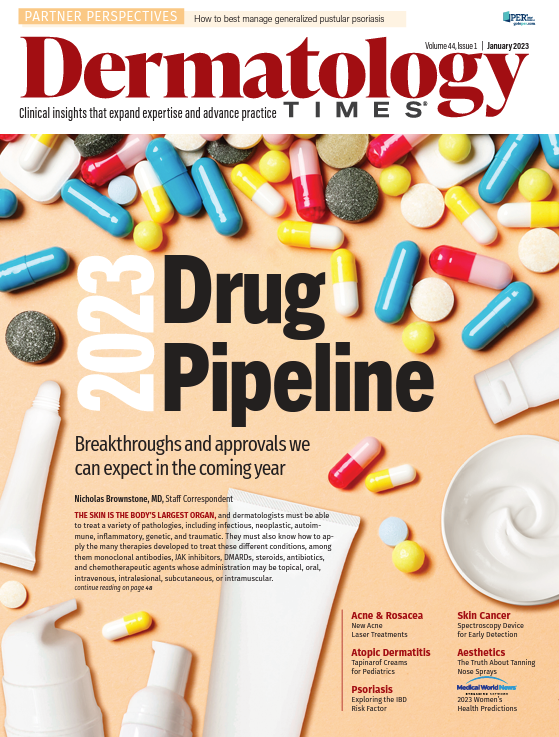
Newsletter
Like what you’re reading? Subscribe to Dermatology Times for weekly updates on therapies, innovations, and real-world practice tips.










